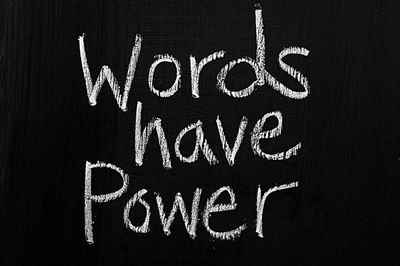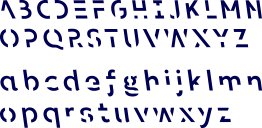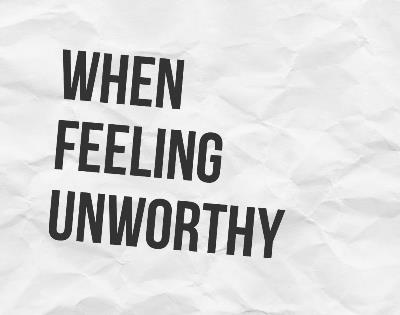Valeria Maltoni in her blog ‘How can we Become More Creative at Work?‘ provides useful hints about how to improve creativity in situations which are supposedly quite constrained.

“Judgement is one of the biggest barriers to creativity while curiosity stokes the flames of imagination“, and the issue is clearly to be able to suspend judgment for a while to let creative ideas flourish. In addition being inspired by outsiders coming with a fresh viewpoint, and letting our own creativity express itself, appear to be essential aspects.
From my experience, the most important aspect I believe, is how the requirement for productivity removes the possibility to take time to look laterally. And it is true that I find myself sometimes much too busy, or too focused on achieving some intermediate milestone, to notice things that could be creative opportunities. Not even speaking of dreaming. I find that with smartphones and screens I have lost considerably my day-dreaming time.
Increasing creativity at work is a major issue in a world that is changing more and more frequently. This issue is not sufficiently addressed. Developing a framework to increase joint creativity is essential. What about taking more time to be creative at work?











